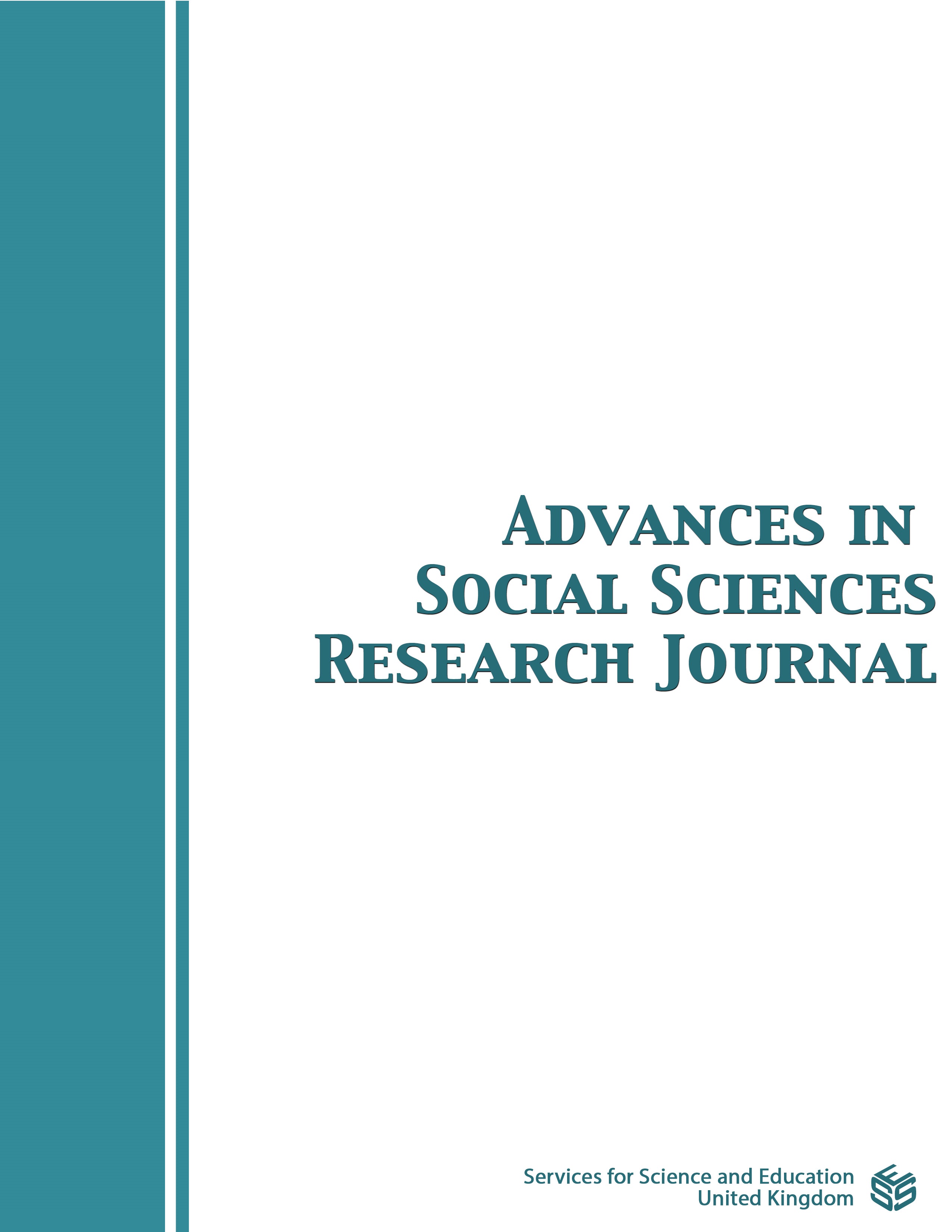Philosophy of Body: Emodiment and Spatiality
DOI:
https://doi.org/10.14738/assrj.1011.15676Keywords:
Being body (Leibsein), having body, mediated immediacy, bodily answers, eccentric position, positional and situational beings, human existence, bodily relationship, abstract reasonAbstract
The issue of human existence is not a question of reason but a matter of one’s relation to one’s body (Leib). Studies on laughing and crying as well as clinical studies reveal human existence is the problem of how being body (Leibsein) and having body are harmonized in certain life situations (Plessner, 1970, 37). They show how human existence is not a question of human reason but a matter of one’s relation to one’s body. For Plessner this indicates a new way of defining reason. Reason would now mean how one relates to one’s body and to one’s environment. The human being consists of the unity of the centric and the eccentric dimensions of human existence. It boils down to the relationship between being body and having body. The phenomena of laughing and crying show how man’s existence consists in the attempt to balance these two existential arts of being and having. Plessner shows that laughing and crying are answers to crises of human behaviour. They are reactions to border situations. Laughing answers to the blockade that one experiences when stimuli to action become irrevocably equivocal. Crying reacts to the behavioural blockade one experiences when one and things no longer relate to each other. When one finds oneself incapable of establishing a relationship to a certain situation because the surrounding things have lost their meaningful links to one another and so no longer make sense to one, one loses one’s ability to act. The human body reacts with laughing and crying to behavioural crises and offers bodily answers to boundary situations. This seems to reveal how our existence could be a matter of our relationship to our body rather than a question of abstract reason. Man, unlike the animal, can withdraw from his embodied, spatial existence and say “I” to himself. This is demonstrative of how his situation in the world is (one of) a mediated immediacy. By means of his Leib, man has immediate contact with the things in his Umwelt (Plessner, 1970, 41). The "immanence of consciousness" carries out its duty of revealing reality through the intertwining activity of receding and residing, engaging and disengaging, remoteness and nearness. Only through the body’s mediateness and only as Leib (lived-body, living body, inner life) can man be with things, seeing and acting. The positional character of man’s life is man’s mode of relating to his surroundings (Plessner, 1970, 42). Man’s possibility of “controlling nature objectively in knowing and doing” has its roots in the Leib’s mediated immediacy. Mediated immediacy in turn comes from our eccentric position, and our eccentric position decides how we relate to our body as positional and situational beings.
Downloads
Published
How to Cite
Issue
Section
License
Copyright (c) 2023 Jude Godwins

This work is licensed under a Creative Commons Attribution 4.0 International License.
Authors wishing to include figures, tables, or text passages that have already been published elsewhere are required to obtain permission from the copyright owner(s) for both the print and online format and to include evidence that such permission has been granted when submitting their papers. Any material received without such evidence will be assumed to originate from the authors.






